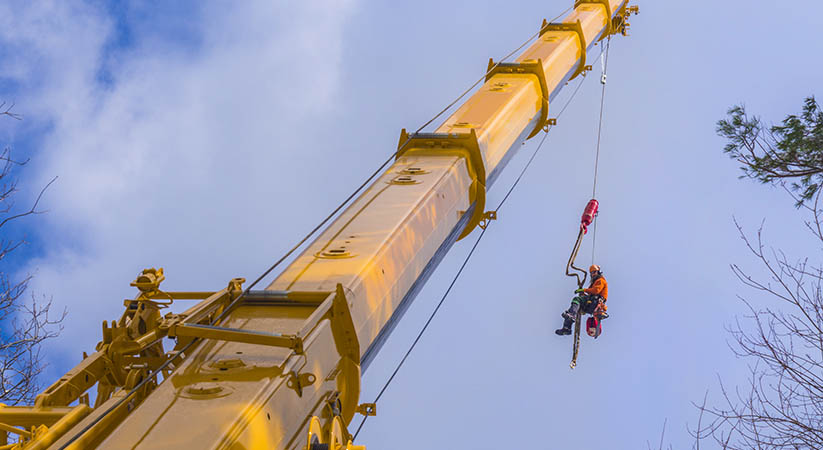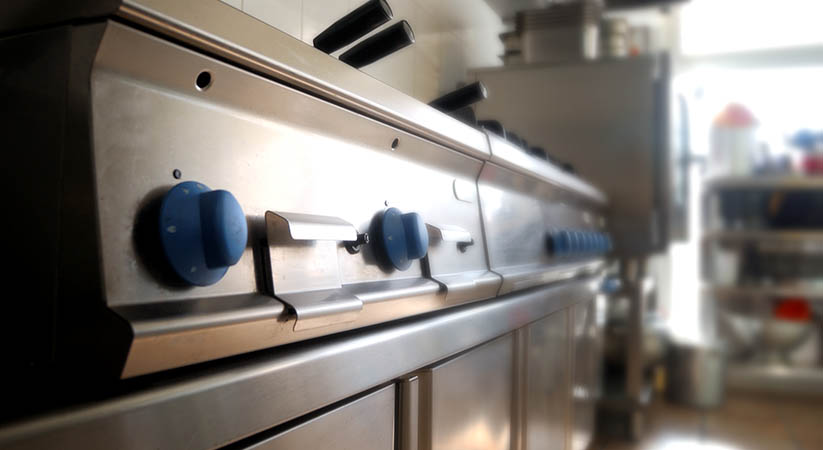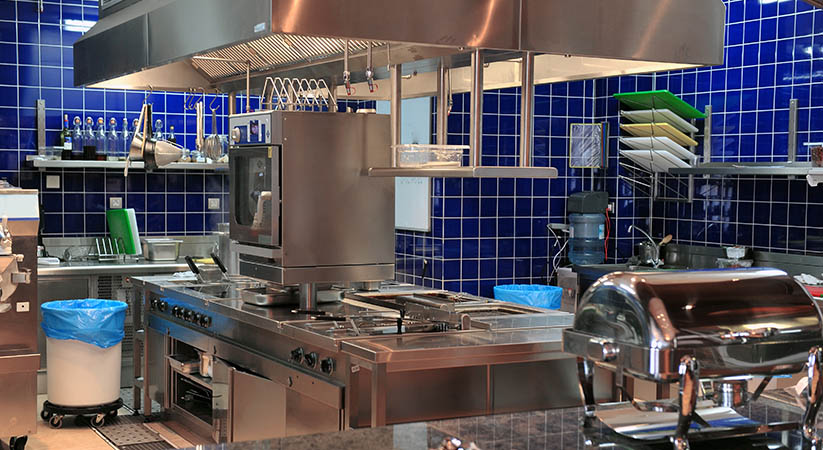Large-scale projects often involve moving massive materials or equipment, from steel beams to bulky air conditioning units. In these situations, crane services become vital for handling loads that exceed the limits of standard machinery or manpower. It’s astonishing how cranes—towering above construction sites—can hoist tons of weight with precision and stability. These mechanical giants come in various configurations, such as mobile truck-mounted versions or stationary tower cranes, each suitable for a different environment. Selecting the proper crane requires understanding factors like load size, site layout, and ground conditions. The operator’s skill also plays a central role, as every lift demands careful planning to balance safety and productivity. Even minor miscalculations in load distribution or rigging attachments can lead to accidents, highlighting the gravity of this profession. By entrusting heavy lifts to specialists, companies reduce the risk of injuries and material damage, ensuring that the project moves forward without costly delays.
Criteria for Choosing the Right Crane
Every job has distinct demands, so you must evaluate crucial parameters such as height, distance, and the nature of the material being lifted. If you’re operating in tight city blocks with limited space, a compact yet powerful mobile crane might be the best choice. Rural or large industrial sites might accommodate bigger, more permanent cranes. It’s necessary to factor in wind conditions and ground stability, especially when performing elevated lifts. Soft soil may require mats or reinforcements to prevent the crane from sinking. Weight calculations are essential because exceeding capacity can cause catastrophic failures. Modern cranes often feature digital load monitors, helping operators maintain safe thresholds. Even with advanced tech, experience remains invaluable: an operator who knows how to adjust movements in changing conditions can be the difference between a smooth hoist and a risky incident. By considering these variables, project managers match the crane’s capabilities to the demands of the lift, maximizing efficiency and safety.
Scheduling and Logistics
Arranging for crane work involves coordination among multiple parties—engineers, transportation firms, and on-site workers who must prepare the area. It’s common to finalize scheduling weeks in advance, especially for large or complex lifts. The crane might arrive disassembled on trailers, requiring hours or even days for assembly. This can be challenging in bustling urban environments, where street closures or rerouting must be planned to minimize traffic disruptions. Site supervisors often conduct briefings to clarify each step of the process, ensuring everyone understands their roles. Unexpected weather changes can prompt last-minute shifts in the schedule, forcing teams to adapt. In some cases, nighttime operations reduce daytime traffic impacts, but that demands adequate lighting and noise considerations for local residents. Effective logistics keep the project moving while reducing risk, illustrating why crane services are as much about planning as they are about heavy lifting.
Many companies choose a crane for rent VA rather than making a permanent purchase. It’s practical for those who only require occasional lifting or face varying project scopes. Owning a crane entails storage, maintenance, and ongoing inspections, which can be costly if the equipment sits idle. Renting offers flexibility: once a job ends, you return the crane, freeing up capital for other priorities. Additionally, rental firms often provide skilled operators, relieving clients of the burden of hiring and training in-house. This collaborative arrangement ensures you have the right crane at the right time, with experts who know how to handle it. Maintenance becomes the rental company’s responsibility, sparing you from long-term service expenses. When the next project rolls in, you can upgrade or downgrade your crane choice to suit that specific scope. The dynamic nature of rental keeps heavy lifting solutions aligned with actual needs.
Ensuring Safety and Compliance
Operating cranes falls under strict regulations due to the inherent risks of moving colossal loads. Federal or state agencies mandate regular inspections, certification for operators, and adherence to weight limits. It’s vital for crane operators to maintain valid credentials, often requiring periodic renewals and exams. Rigging equipment—like hooks, slings, and chains—must meet certain standards, too. Inspectors check for wear, cracks, or compromised components. Failing to comply can lead to hefty fines, project shutdowns, or accidents that harm both people and reputations. To maintain transparency, many firms keep detailed logs of usage and maintenance. For example, daily safety checks might note fluid levels, structural integrity, and any abnormal sounds. This diligence pays off by reducing breakdowns mid-lift. Workers assigned to the job also learn hand signals or radio communication protocols, so instructions pass clearly from signal person to operator. A culture of safety ensures each hoist is performed systematically, preventing tragedy and fostering confidence among all team members.
Innovative Technologies
Over time, cranes have integrated advanced features to streamline operations and minimize hazards. Some models boast remote control functionality, allowing operators to stand at safe distances with a clear view of the lift. It’s fascinating how software-driven torque limiters automatically adjust the crane’s movement to avoid tipping. Additionally, modern telematics help managers track equipment location, usage hours, and maintenance intervals. In high-profile construction sites, engineers might rely on building information modeling (BIM) to simulate crane movements before actual deployment. This approach foresees potential conflicts or inefficiencies, saving time and reducing on-site guesswork. Automation is also on the horizon, with prototype cranes performing semi-autonomous lifts under supervised control. While this technology is not yet widespread, it signifies a step toward greater precision and potentially reduced human error. Embracing innovations can lead to faster job completion and enhanced worker protection.
Setting Up a Rigging Plan
Safe hoisting begins long before the crane’s boom rises. Rigging preparations often involve calculating sling angles, selecting the correct hardware, and checking the load’s attachment points. It’s paramount to ensure the load is balanced, preventing it from swinging unpredictably as it leaves the ground. Rigging specialists factor in friction, angle stresses, and dynamic forces that can shift during lifting or lowering. A thorough inspection of each chain, shackle, or hook looks for flaws that might fail under tension. Labeling components with capacity ratings ensures no confusion when team members grab gear from a supply truck. Once everything is set, operators do a brief test lift just off the ground to confirm stability. This approach reduces shock loading and helps identify any overlooked issues. A clear rigging plan keeps the team on the same page, preventing miscommunication that could lead to dangerous outcomes.
Conclusion
Ultimately, the efficiency and safety of any lifting operation hinge on the synergy between crane operators, on-site teams, and rigging services DC experts. As the final piece in the puzzle, rigging specialists ensure that heavy items are secured properly, whether they are massive steel beams or fragile industrial machinery. It’s gratifying to watch a well-rehearsed team guide a towering load smoothly through the air, setting it down precisely where it needs to be. Clear communication and mutual trust define such successful projects, reflecting a shared dedication to risk management. This collaboration also shortens timelines, allowing building phases to proceed without delay. By investing in qualified crane and rigging professionals, companies not only prioritize safety but also bolster productivity and maintain goodwill with clients. When each participant does their part diligently, from planning to cleanup, the entire operation stands as a testament to engineering prowess and expert coordination.



